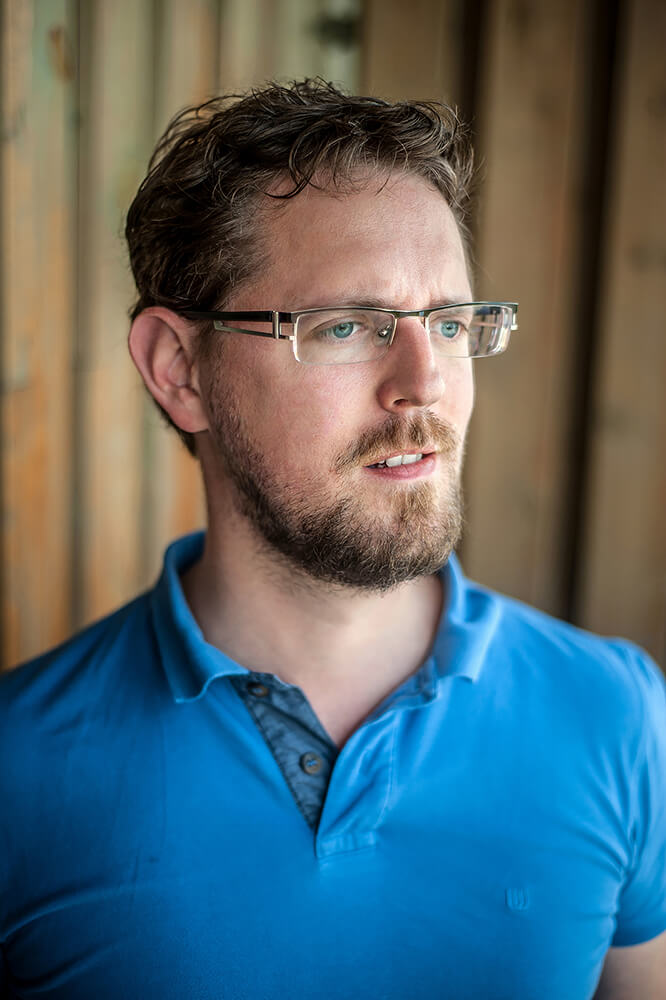Simon Móricz-Sabján was born in Kiskunhalas, Hungary in 1980. He is an award-winning photojournalist and documentary photographer living in Budapest, Hungary. Since 2016 he is the official photographer of the Hungarian daily business newspaper Világgazdaság and the monthly business magazine Manager Magazin. Between 2003 and 2016 he worked for Népszabadság, the largest Hungarian independent daily political newspaper which was closed down in October 2016.
Apart from his job Simon works on personal projects as well, dedicating a lot of time to develop his personal material, working on photo essays for years in some cases. May it be a social issue or just everyday stories, his main focus is the human being and his surroundings.
Simon's work has been recognized by many photography awards. He has won first prizes at the China International Press Photo Contest on two occasions, as well as multiple awards from Pictures of the Year International (POYi), NPPA Best of Photojournalism, Prix International de la Photographie, PDN, iPhone Photography Awards, Ringier Photo Award, Kolga Tbilisi Photo Award and FCBarcelona Photo Award. Among other acknowledgments, he won prizes at Hungarian Press Photo competitions on 37 occasions, including two Grand Prizes of the Association of Hungarian Journalists; five Munkácsi Márton Awards for the best collections; three awards for photographers under 30; the best press photographer award; and two Escher Károly Prizes for the best news photo. Three times winner of József Pécsi scholarship (for talented young art photographers), five times winner of NKA scholarship; he won the Budapest Photography Scholarship in 2012, the Népszabadság Grand Prize in 2013, and the Hemző Károly Prize in 2015.
His photos have been exhibited in numerous galleries including the Hungarian National Museum; Mai Manó House (Hungarian House of Photography); Kunsthalle Budapest; Robert Capa Contemporary Photography Center; Palace of Arts, Budapest; The Castle Garden Bazaar, Budapest; Kolga Tbilisi Photo, Tbilisi; POYi, Denver; Expo Milano; Art Gallery Ilia Beshkov, Pleven; Archives Museum, Chengdu; Festival Voies Off, Arles; Museu Agbar de les Aigües, Barcelona; Mies, Switzerland; National Museum, Warsaw.
He is a founding member of Pictorial Collective, a group of Hungarian photojournalists.
